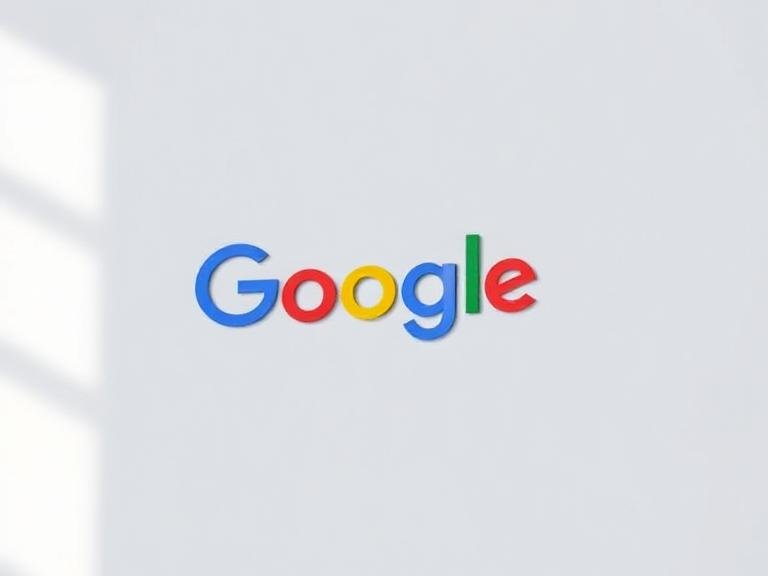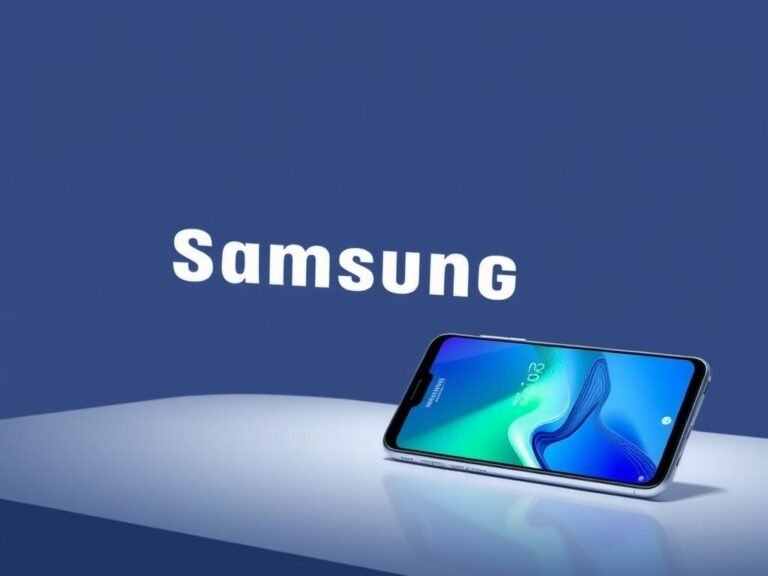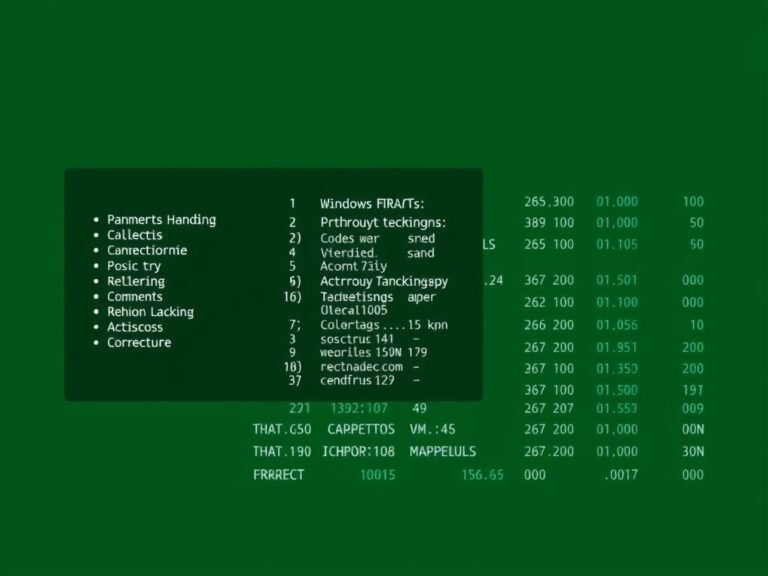Why LibreOffice Is Warning Users About Microsoft’s Hidden Trap

Why LibreOffice Is Warning Users About Microsoft’s Hidden Trap
Microsoft Office isn’t just popular — it’s practically everywhere. With over 400 million paid commercial users as of early 2024, it’s the default choice in offices, schools, and homes worldwide. But while its dominance seems unshakable, one of its most persistent rivals, LibreOffice, is pushing back — not just with software, but with a message: You’re being locked in.
For months, LibreOffice has been sounding the alarm about what it sees as a deliberate strategy by Microsoft: using complex, proprietary file formats to make it harder for users to leave. Formats like .docx, .xlsx, and .pptx may look standard, but behind the scenes, they’re built on a system — Office Open XML (OOXML) — that LibreOffice claims is unnecessarily complicated and inconsistently documented.
The result? Anyone who’s tried opening a Microsoft Word file in a different office suite has likely seen the telltale signs: misaligned tables, missing fonts, or formatting that just “breaks.” LibreOffice argues this isn’t an accident — it’s a feature of vendor lock-in, designed to keep you dependent on Microsoft 365 and its ecosystem.
A Free Guide to Breaking Free
Now, the project is taking action. It has released a free, practical migration guide to help individuals and organizations switch to the Open Document Format (ODF) — a truly open standard not owned or controlled by any single company.
ODF is the default format in LibreOffice and is supported by many open-source tools. Unlike proprietary formats, its specifications are publicly available, well-documented, and developed through open collaboration. This means better long-term access, stronger data ownership, and real interoperability across different platforms.
LibreOffice doesn’t just promote ODF — it makes a strong case that relying on closed formats puts your privacy and future access at risk. When your files depend on a single vendor’s software, you’re at the mercy of their pricing, updates, and business decisions.
It’s Not Just Microsoft — Even “Free” Clones Play the Game
Interestingly, LibreOffice points out that Microsoft isn’t the only one benefiting from lock-in. It also criticizes so-called “freeware clones” like OnlyOffice and WPS Office, which, despite offering free versions, often mimic Microsoft’s interface and behavior too closely — sometimes even defaulting to .docx and .xlsx formats.
According to the project, these tools may seem like alternatives, but they do little to break the cycle. In fact, they often make it easier for users to stay trapped in Microsoft’s ecosystem by avoiding the real shift to open standards.
How to Migrate to ODF — Step by Step
Switching isn’t just about changing software — it’s about changing habits. LibreOffice’s guide lays out a clear, five-step process to make the transition smooth and sustainable:
- Understand the benefits of ODF
Before making any move, it’s important to know why you’re switching. ODF offers freedom from vendor dependence, better security, and ensures your files remain readable decades from now — even if the software you use today disappears. - Take inventory of your documents
Sort your files into active, collaborative documents and older, archival ones. This helps prioritize what needs immediate conversion and what can wait. - Plan your migration strategy
Will you convert everything at once, or gradually? For large organizations, a phased approach often works better. The guide also suggests testing the process on a small group first. - Start converting — safely
LibreOffice includes a built-in “Save As” function to export files to ODF. For bulk conversions, it even supports command-line scripts, making it possible to automate the process across hundreds or thousands of files.
Crucially: always back up your original files before starting. - Monitor and standardize
After conversion, set ODF as the default format in your organization’s policies. Train users, update templates, and make sure no one accidentally reverts to.docxor.xlsx— which would undo all your progress.
Is LibreOffice Ready for the Real World?
Let’s be honest: for everyday tasks like writing letters, creating simple spreadsheets, or making basic presentations, LibreOffice is more than capable. It’s stable, lightweight, and handles most common file types reasonably well.
But in high-pressure business environments — especially when dealing with complex Excel features like advanced PivotTables, macros, or deeply nested formulas — Microsoft Office still holds an edge. Many companies rely on these features daily, and compatibility isn’t always perfect.
LibreOffice doesn’t deny this gap. But it insists the problem isn’t with open-source software — it’s with the deliberate complexity of proprietary formats. Instead of blaming LibreOffice for imperfect .docx support, the project says we should question why Microsoft doesn’t make true interoperability a priority.
The Bottom Line: Freedom Over Convenience
At its core, this isn’t just about file formats. It’s about control. Who owns your data? Who decides how long you can access it? And how much are you willing to pay — not just in money, but in freedom — to keep using the same tools?
LibreOffice isn’t expecting everyone to switch overnight. But by offering a clear, free guide to ODF migration, it’s giving users a real choice — one that prioritizes transparency, longevity, and independence over corporate dependency.
And in a world where data is more valuable than ever, that choice might be more important than you think.





